| COMPOSTELA VALLEY PHILIPPINES Nature's Work Of Art BRIEF DESCRIPTION Compostela Valley is blessed with nature’s magnificent work of art. It brims with natural attractions like beaches, waterfalls, forests, mountain ranges, caves, lakes, rivers, hot and cold springs. The province is proud of its people and cultural heritage - a varied mixture of ethnicity and dominance. To be in Compostela Valley is to experience a blend of sight and sound that defines a place and a people pulsing with life yet reserved in spirit. The provincial government believes in marketing tourism responsibly. ComValeños want to explore and revel on nature’s finest without destroying the environment. Choices within the province are almost limitless. ComValeños believe that they have something that caters to everyone’s enthusiasm, all waiting for the adventurous spirit in you. They see their province as an eco-adventure tourism destination, and once experienced, so will you. HISTORY The approval of Republic Act No. 8470 on January 30, 1998, which was ratified through a plebiscite held on March 7, 1998, marks the birth of Compostela Valley. This relatively new province was carved out of its mother province, Davao del Norte. GEOGRAPHY Compostela Valley is situated in Southeastern Mindanao. It has a total land area of 4,666.93 sq. km. and is bounded by Agusan del Sur on the north, Davao del Norte on the west, Davao Oriental on the east and southeast, and Davao Gulf on the west and southwest. POLITICAL SUBDIVISION Classified as a first class province, Compostela Valley is comprised of 11 municipalities grouped into two districts. District 1 consists of Monkayo, Montevista, Maragusan, New Bataan, and Compostela; and District 2, Laak, Mawab, Nabunturan, Maco, Mabini, and Pantukan. The municipality of Nabunturan was named capital town of the province. POPULATION The province’s population is estimated at 600,000 per 2000 National Census and Statistics Office survey. LANGUAGE/DIALECT Cebuano/Visayan, Tagalog/Pilipino, Mandaya, Mansaka, Hiligaynon, Ilocano, Waray, Maranao, and Suriganonon are the dialects spoken in the province. CLIMATE The province is generally tropical and with no marked rainy or dry season. Its mountain ranges and forest protect the area from visiting typhoons. INDUSTRIES Mining, banana, agro- industrial, fishing, farming, tourism. How to Get There The capital town of Nabunturan can be reached by land from any point in Mindanao. Buses from Luzon and Visayas going to Davao will pass by the province before reaching their final destinations. By Air Compostela Valley can be reached by air via the Davao International Airport. The capital town of Nabunturan is only a 2-hour drive from Davao City. There are several privately owned airstrips in the province, mostly owned by multinational companies. By Sea The province can be reached by sea through Sasa Wharf in Davao City, a smooth 2-hour drive away. |
Source: Link

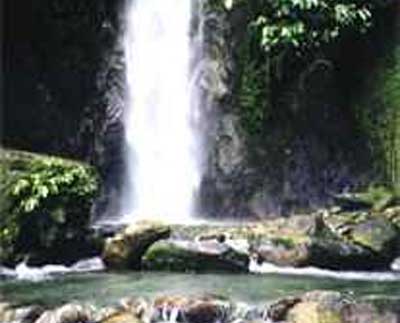
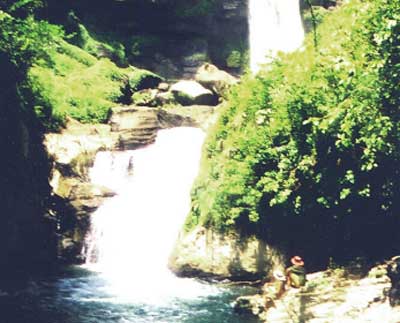
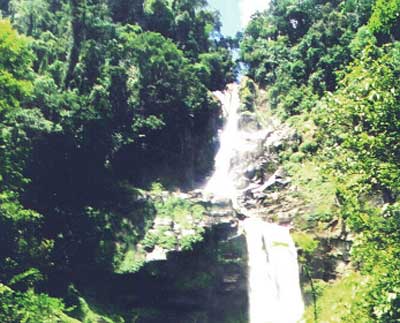
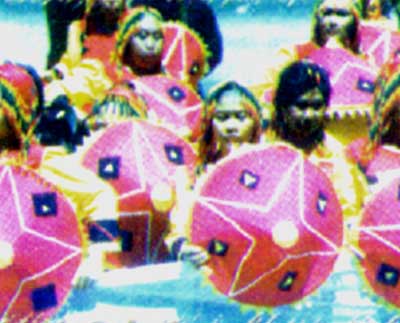
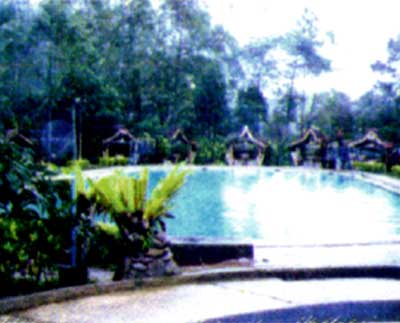
No comments:
Post a Comment